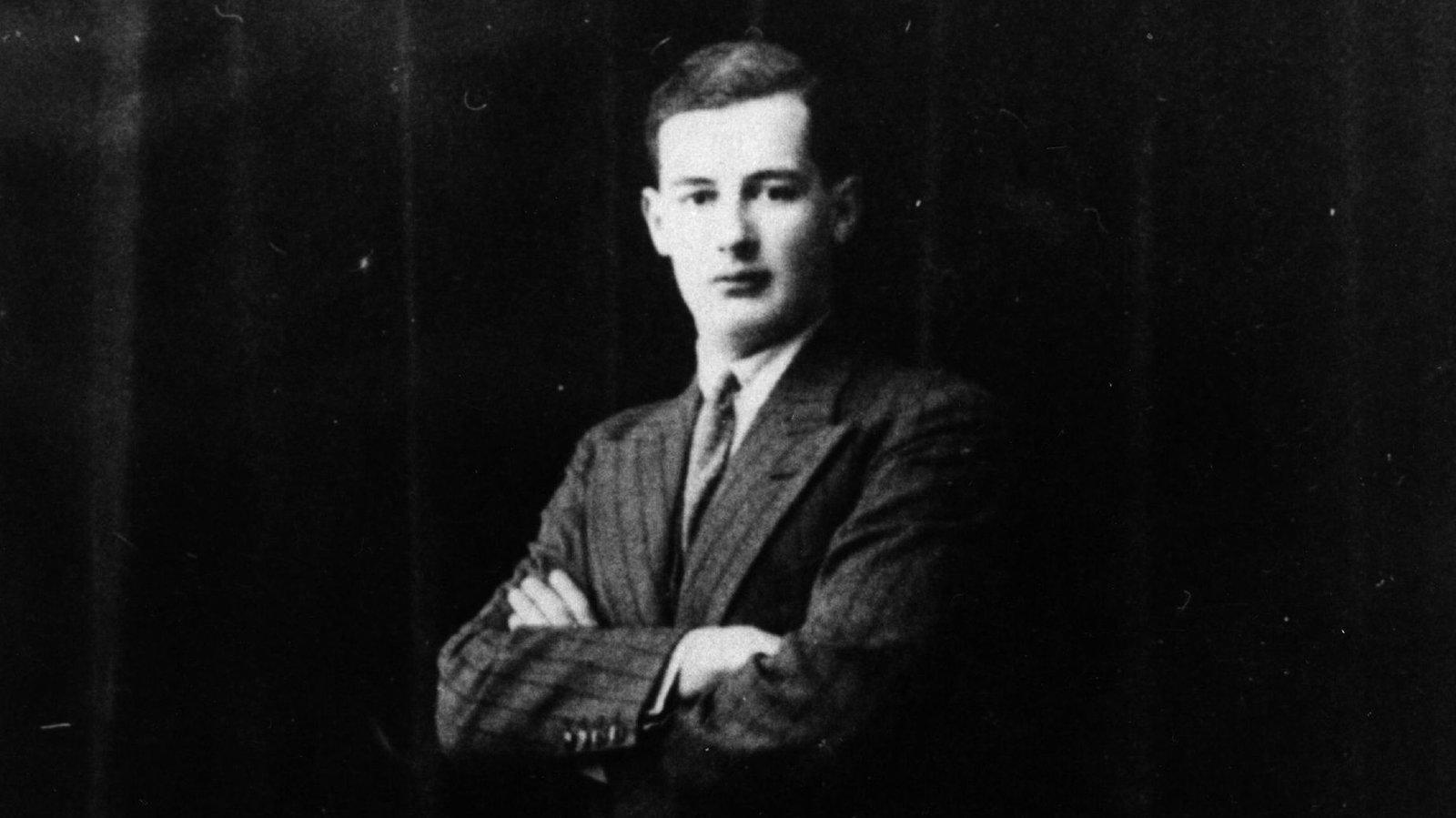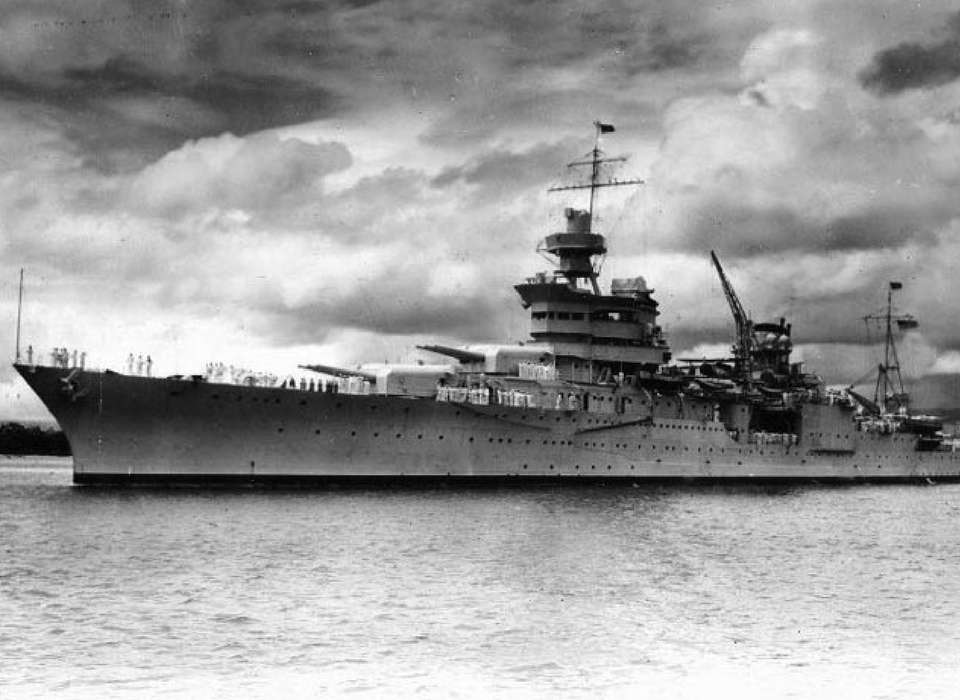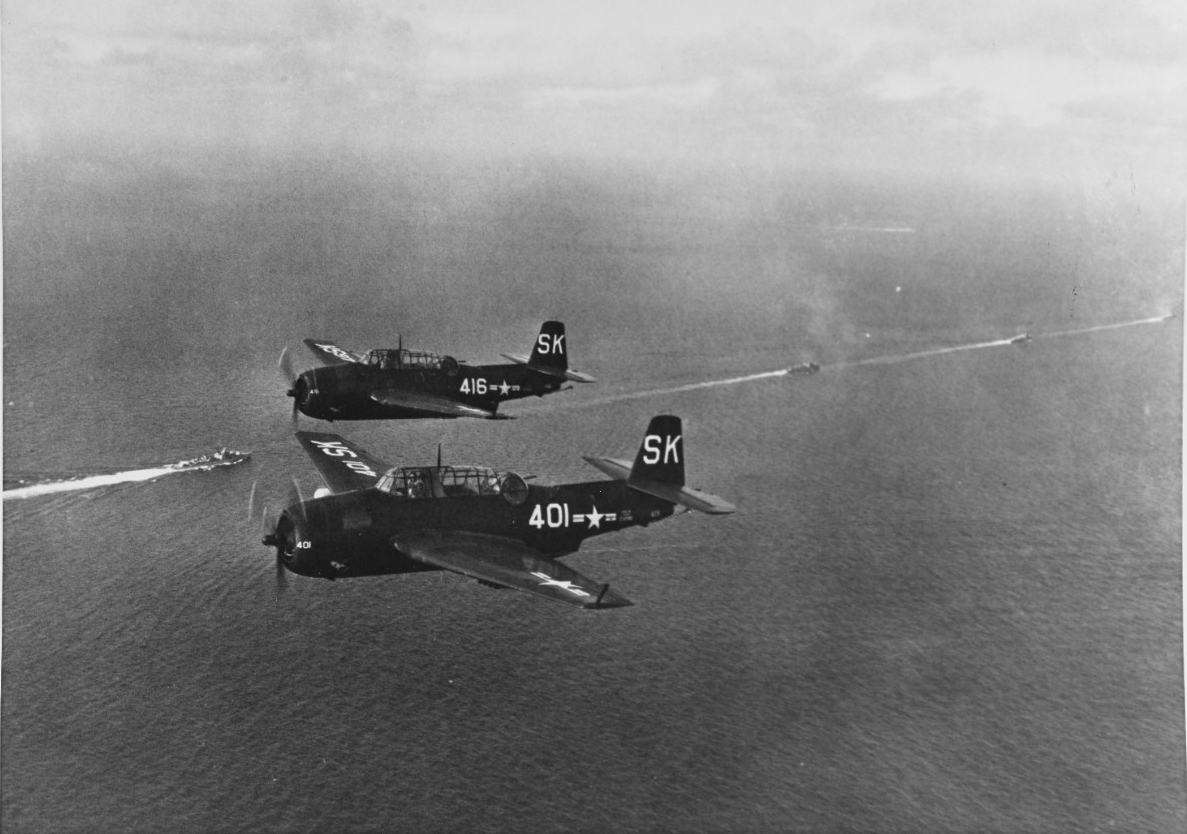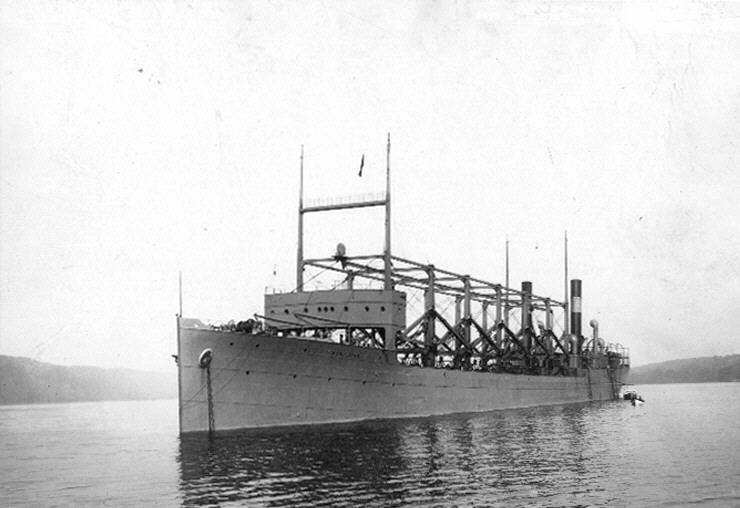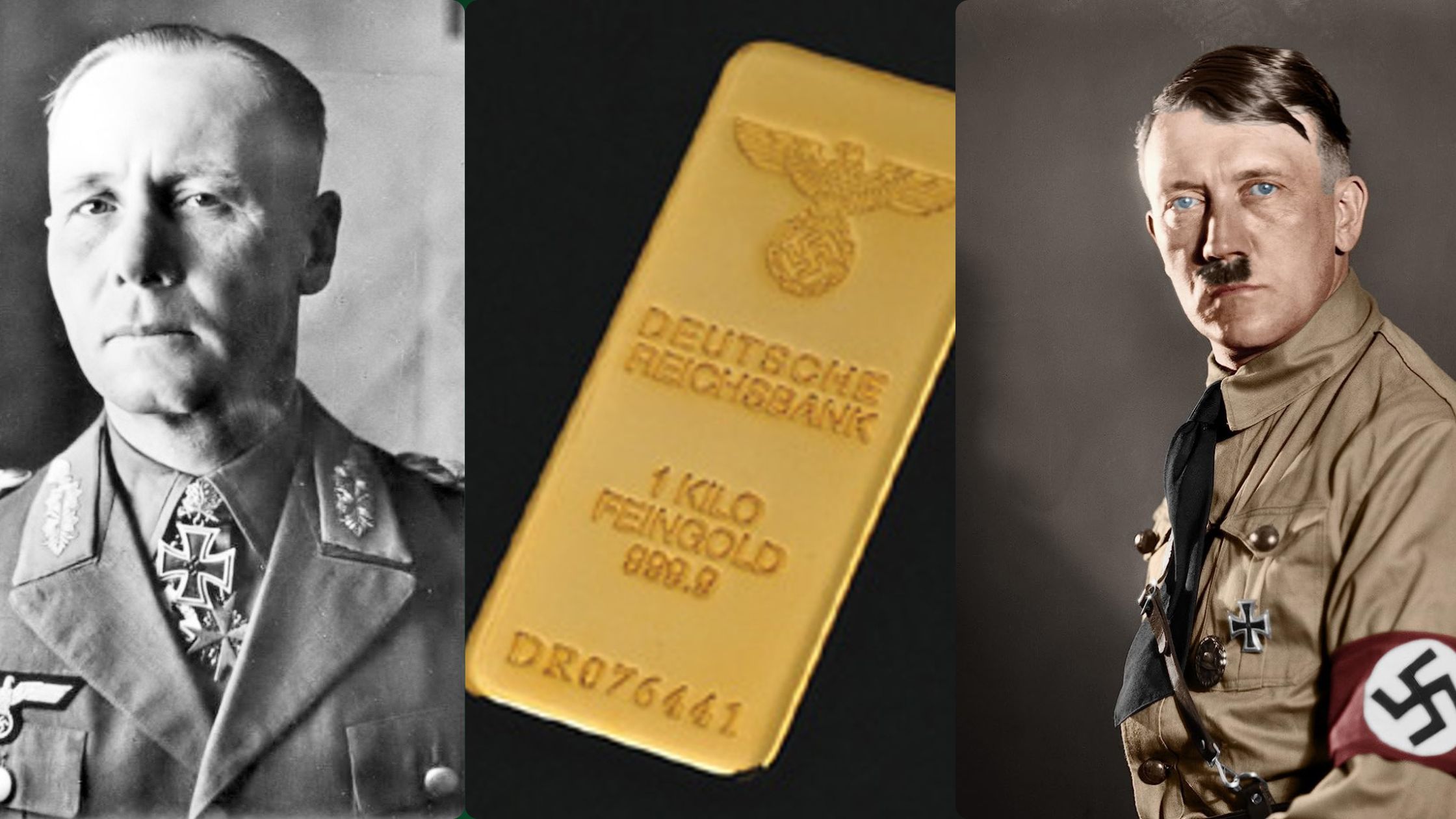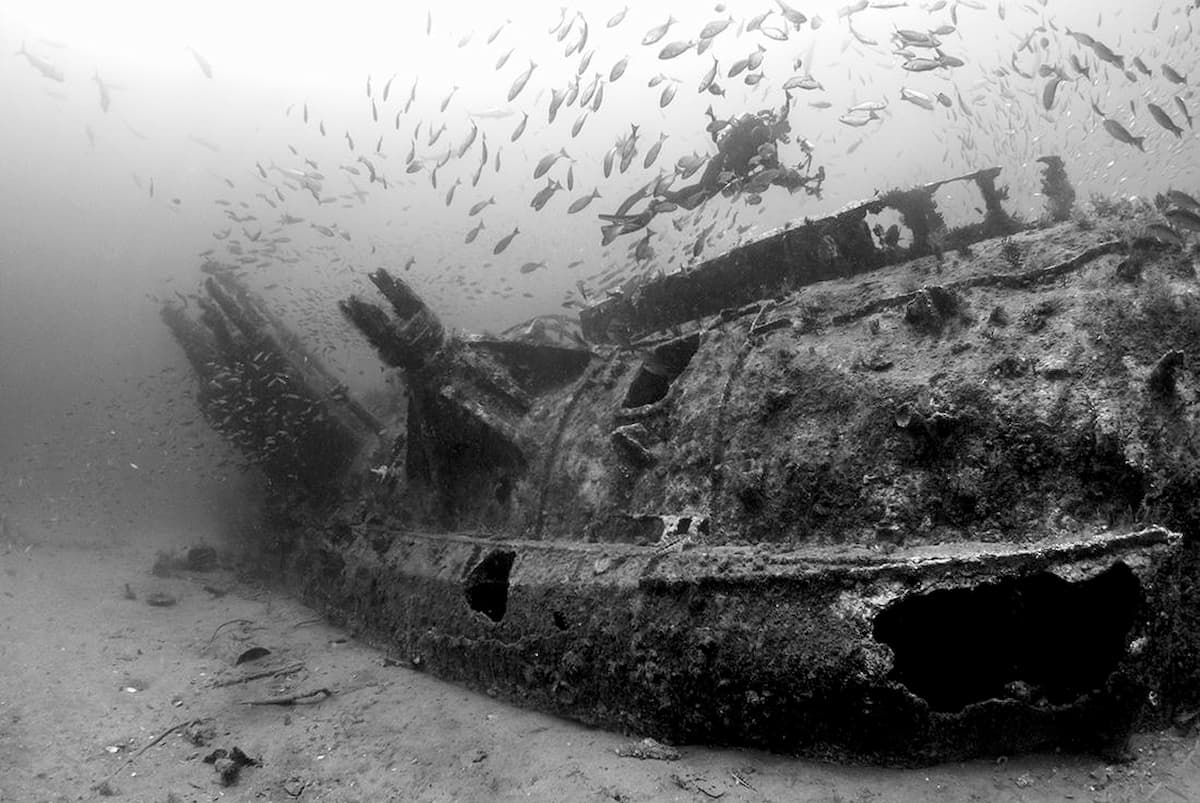Top Lists
10 Unsolved Mysteries from World War II
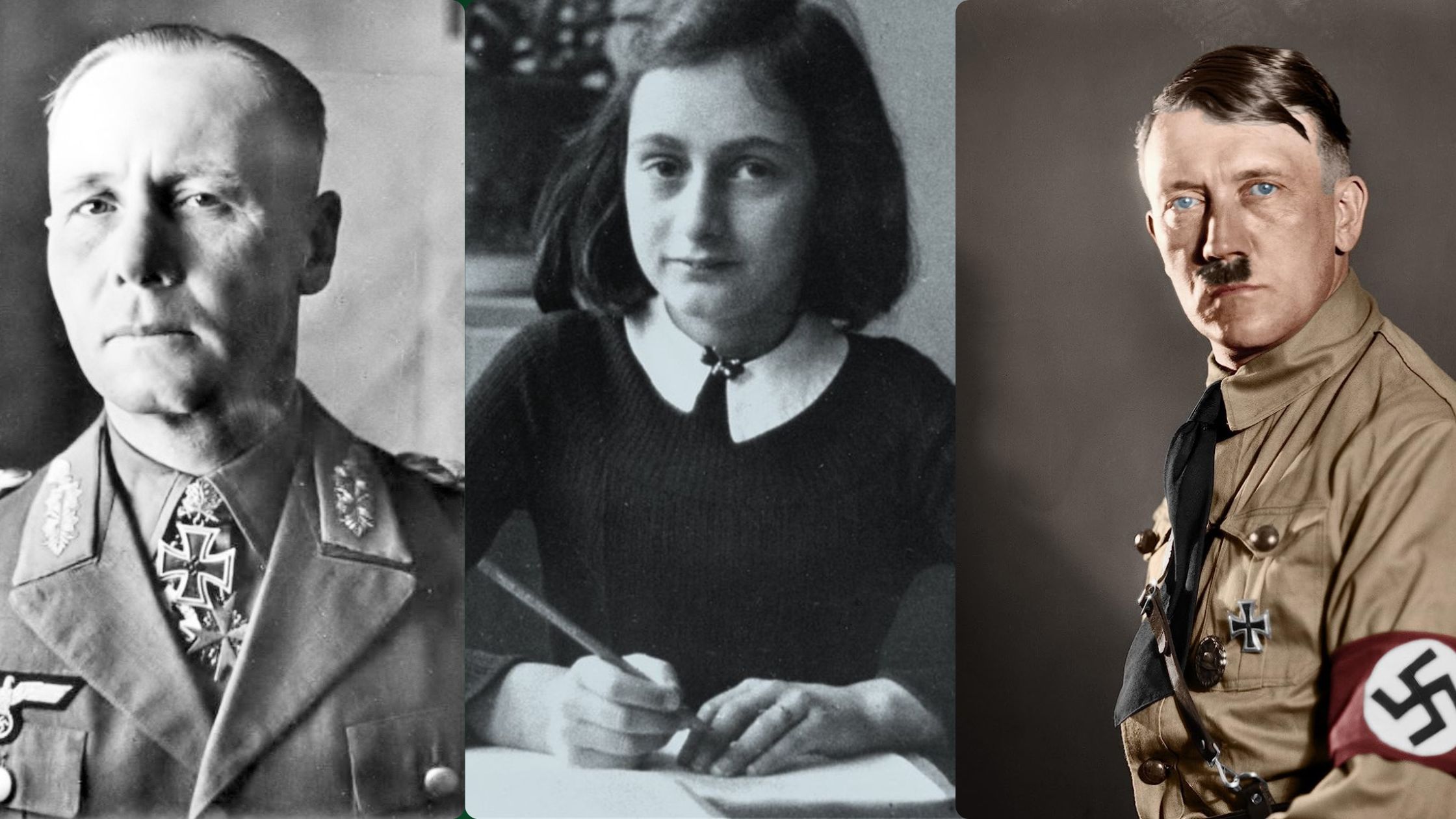
World War II was one of the most significant and devastating conflicts in human history. Despite extensive research and historical documentation, several mysteries from this era remain unsolved. We will be discussing the 10 unsolved mysteries from World War II, in this article.
It was a war of unprecedented scale, involving nearly every nation on Earth and resulting in the loss of tens of millions of lives. As one of the most well-documented events in history, World War II has been extensively researched, analyzed, and taught in schools worldwide.
However, amidst the vast trove of information, there remain numerous enigmatic and unsolved mysteries that continue to intrigue historians, investigators, and enthusiasts alike. Here are ten unsolved mysteries from World War II:
10 Unsolved Mysteries from World War II
1. The Fate of Raoul Wallenberg
The fate of Raoul Wallenberg, a Swedish diplomat during World War II, remains one of the most enduring mysteries of the era. Wallenberg’s heroic efforts saved thousands of Hungarian Jews from the Holocaust by providing them with Swedish protective passports and safe houses in Budapest.
More so, the circumstances surrounding Wallenberg’s arrest and subsequent disappearance have been the subject of much speculation and investigation. Despite numerous inquiries by the Swedish government and international organizations, the Soviets initially denied any knowledge of his whereabouts. In 1957, the Soviet Union stated that Wallenberg had died of a heart attack in prison in 1947.
This theory, though, has been regarded with scepticism, and many people think he may have been imprisoned for a longer period of time than the supposed time of his death.
2. The Loss of the USS Indianapolis
The loss of the USS Indianapolis is one of the most tragic maritime disasters in American history. On July 30, 1945, the heavy cruiser was torpedoed by a Japanese submarine while en route from Guam to Leyte. The ship sank in just 12 minutes, and over 800 sailors were killed. Only 317 survived.
The survivors were left to fend for themselves in the open ocean. They suffered from dehydration, exposure, and shark attacks. Many of them died before they were rescued four days later.
The sinking of the USS Indianapolis was a major turning point in the war. It came just days after the atomic bombings of Hiroshima and Nagasaki, and it showed the Japanese that the United States was still capable of inflicting heavy losses.
The exact circumstances of the sinking are still unknown and it is a reminder of the horrors of war. It is also a story of courage and survival. The survivors of the Indianapolis showed incredible resilience in the face of unimaginable adversity.
3. The Amber Room
The Amber Room, a dazzling chamber adorned with amber panels, gold leaf, and precious gemstones, was once considered an artistic marvel and a symbol of opulence. Originally crafted in the early 18th century in Prussia, the room was gifted to Peter the Great of Russia in 1716.
During World War II, as the German forces advanced through the Soviet Union, the Amber Room was at risk. In 1941, the Nazis dismantled the room and transported its contents to Königsberg (now Kaliningrad) in Germany.
Despite efforts to safeguard it, the Amber Room eventually disappeared in the final stages of the war, and its fate has remained a baffling mystery ever since. Numerous theories and investigations have sought to uncover the whereabouts of the Amber Room, ranging from it being hidden in secret underground bunkers to it being lost in a shipwreck.
4. Who Turned In Anne Frank?
The identity of the person or persons who turned in Anne Frank and her family to the authorities during World War II remains unknown to this day. Anne Frank was a Jewish teenager who, along with her family and four others, went into hiding in a secret annexe in Amsterdam to escape the persecution of Jews by the Nazis.
Unfortunately, on August 4, 1944, the hiding place was betrayed, and the occupants were arrested by the German Sicherheitsdienst (SD). The exact details of who provided the information leading to their discovery have never been definitively established.
Several theories have been proposed over the years, ranging from betrayal by an anonymous informant to the possibility of accidental discovery by an opportunistic thief. Some believe that an employee of the company that provided food and supplies to those in hiding may have informed the authorities.
5. The Ghost Train
The Ghost Train is a term often associated with a mysterious event that occurred during World War II in Poland. It refers to the disappearance of a train carrying valuable treasures, and the exact details of this event have been the subject of numerous rumours, legends, and unsolved mysteries.
According to the popular narrative, towards the end of the war in 1945, as the Soviet Red Army was advancing towards Poland, a train packed with gold, jewellery, and other valuable items departed from Wrocław (then Breslau), a city in southwestern Poland, with the intention of escaping the approaching Soviet forces.
The train is said to have vanished into the mountains of Lower Silesia, near the border with present-day Czechia (Czech Republic). Over the years, various theories have emerged regarding the Ghost Train’s contents and ultimate fate. Some believe that the train might have been deliberately hidden or even buried by the Germans to keep its treasures from falling into enemy hands.
6. Flight 19 and the Bermuda Triangle
Flight 19 and the Bermuda Triangle are two elements intertwined in one of the most enduring mysteries associated with the enigmatic region in the western part of the North Atlantic Ocean, known as the Bermuda Triangle.
On December 5, 1945, the US Navy performed a training mission known as Flight 19. Five Grumman TBM Avenger torpedo bombers, each with a crew of three, were used for the operation. Lieutenant Charles C. Taylor, a seasoned flight instructor, piloted the aircraft.
It was intended to take off from the Naval Air Station Fort Lauderdale in Florida, practice bombing an adjacent island, and then land back at the base. However, during the flight, something went terribly wrong. Radio transmissions from the aircraft indicated that they became disoriented and could not determine their location,
Tragically, none of the aircraft or their crews were ever found, and the disappearance of Flight 19 remains one of the most famous and mysterious cases of vanishing planes in aviation history.
7. The USS Cyclops Disappearance
The USS Cyclops was a United States Navy collier ship that mysteriously disappeared during World War I. In March 1918, the ship set sail from Barbados to Baltimore with over 300 crew members and a cargo of manganese ore.
However, it never reached its destination, and no distress signals were ever received. Despite extensive search efforts, no wreckage or debris from the USS Cyclops was ever found, and the fate of the ship and its crew remains one of the most enduring maritime mysteries in history.
The disappearance of the USS Cyclops is considered the single largest loss of life in U.S. Naval history not directly related to combat. The lack of any definitive evidence or explanation has given rise to various theories, including theories involving storms, structural failure, or enemy action, but none have been confirmed.
To this day, the vanishing of the USS Cyclops remains an unsolved enigma, leaving the world to wonder about the true fate of the ship and the 309 men who vanished along with it.
8. Rommel’s Gold
“Rommel’s Gold” is a term associated with a supposed cache of hidden treasure or stolen valuables that were allegedly amassed by the famous German general Erwin Rommel during World War II. Rommel, also known as the “Desert Fox,” was a highly skilled and respected military leader, known for his success in North Africa during the war.
According to various legends and rumours, Rommel’s Gold refers to valuable treasures, gold bullion, or other precious items that Rommel and his forces were said to have looted or acquired from conquered territories during their campaigns in North Africa. Some stories suggest that these treasures were hidden in secret locations, possibly in the desert regions, to be retrieved later
The legend of Rommel’s Gold has persisted in popular culture and treasure-hunting lore, adding to the intrigue and mystery surrounding the famous general and the wartime era. Nevertheless, it remains a fascinating and enduring tale that continues to captivate the imagination of history enthusiasts and treasure seekers.
9. The Enigma Machine and U-boat 352
During World War II, the Enigma machine was a highly sophisticated encryption device used by the German military to encode secret messages. U-boat 352 was a German submarine assigned to carry out naval operations during the war.
In 1941, U-boat 352 was sunk by the British Royal Navy off the coast of Iceland. It is believed that the submarine was carrying an Enigma machine, which, if recovered, could have provided valuable insights into the German military’s encrypted communications.
Despite multiple salvage attempts, the Enigma machine onboard U-boat 352 has never been found, leaving a tantalizing mystery surrounding its potential secrets. The loss of U-boat 352 and the potential presence of the Enigma machine on board have become emblematic of the Allies’ efforts to crack the German Enigma code during the war.
10. The Death of Subhas Chandra Bose
The death of Subhas Chandra Bose, a prominent Indian nationalist leader, remains shrouded in controversy and mystery. Bose, also known as Netaji, was a key figure in the Indian independence movement against British colonial rule.
In 1941, he escaped from house arrest in India and sought support from various countries to fight against British forces. In 1945, Bose’s plane, reportedly on its way to Tokyo from Taiwan, crashed in Taipei, Taiwan. Bose sustained severe burns and succumbed to his injuries at a local hospital.
However, the circumstances surrounding his death have been subject to conflicting accounts and conspiracy theories. Some believe he survived the crash and lived in secret for years, while others suspect foul play by British intelligence. The truth about Subhas Chandra Bose’s death remains elusive, leaving his legacy as a revered and enigmatic figure in Indian history.
Conclusion
In conclusion, the unsolved mysteries from World War II continue to captivate the world, reminding us of the complexities and enigmas that surround this pivotal era in history. Despite extensive research, investigations, and the passage of time, these mysteries remain elusive, leaving us with more questions than answers.
Each of these unsolved mysteries carries with it tales of heroism, tragedy, and the enduring human spirit. From the disappearance of Raoul Wallenberg, who saved countless lives during the Holocaust, to the enigmatic vanishing of the Amber Room, a symbol of opulence and artistic mastery, these mysteries touch upon different aspects of the war and its profound impact on humanity.

